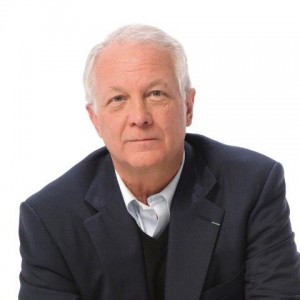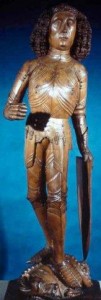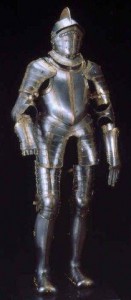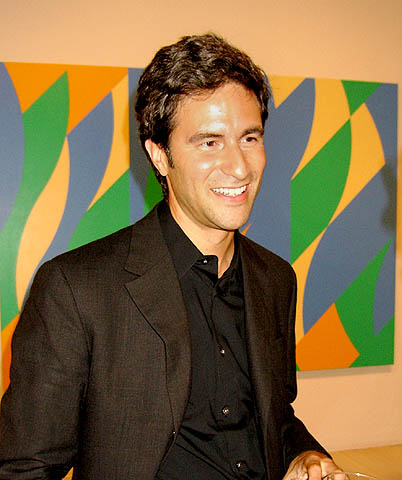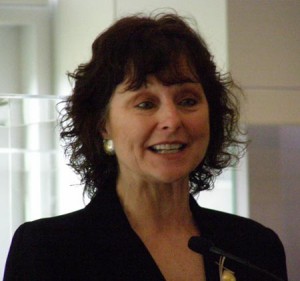Is this the silly season or what?
A report on The New York Times website says that the National Gallery of Art is negotiating a deal to keep the Museum of Contemporary Art in Los Angeles out of the clutches of LACMA. It plans to give MOCA no money, but rather help with programming, research and exhibitions. And it adds:
“The goal at this point is stabilizing them and get them standing as an independent institution,†said John Wilmerding, chairman of the board of the National Gallery. “We’d like to see them survive and thrive, and if we can help them, that’s all we’re doing.â€
Mr. Wilmerding said the billionaire Eli Broad, one of the Museum of Contemporary Art’s biggest financial supporters, had approached the National Gallery and asked for assistance. Dismissing rumors of any merger or formal partnership, Mr. Wilmerding said the discussions so far had focused almost solely on joint programming and exhibitions. The National Gallery is also offering help with research, curatorial decisions and staffing advice, if needed.
Now, I love the National Gallery, but since when has it been known as a bastion of contemporary art? Yes, it might ground MOCA’s exhibitions in research, but it can’t provide the vision.
As I have said before, MOCA needs to get a new director, someone who knows the territory and has been a director before.

